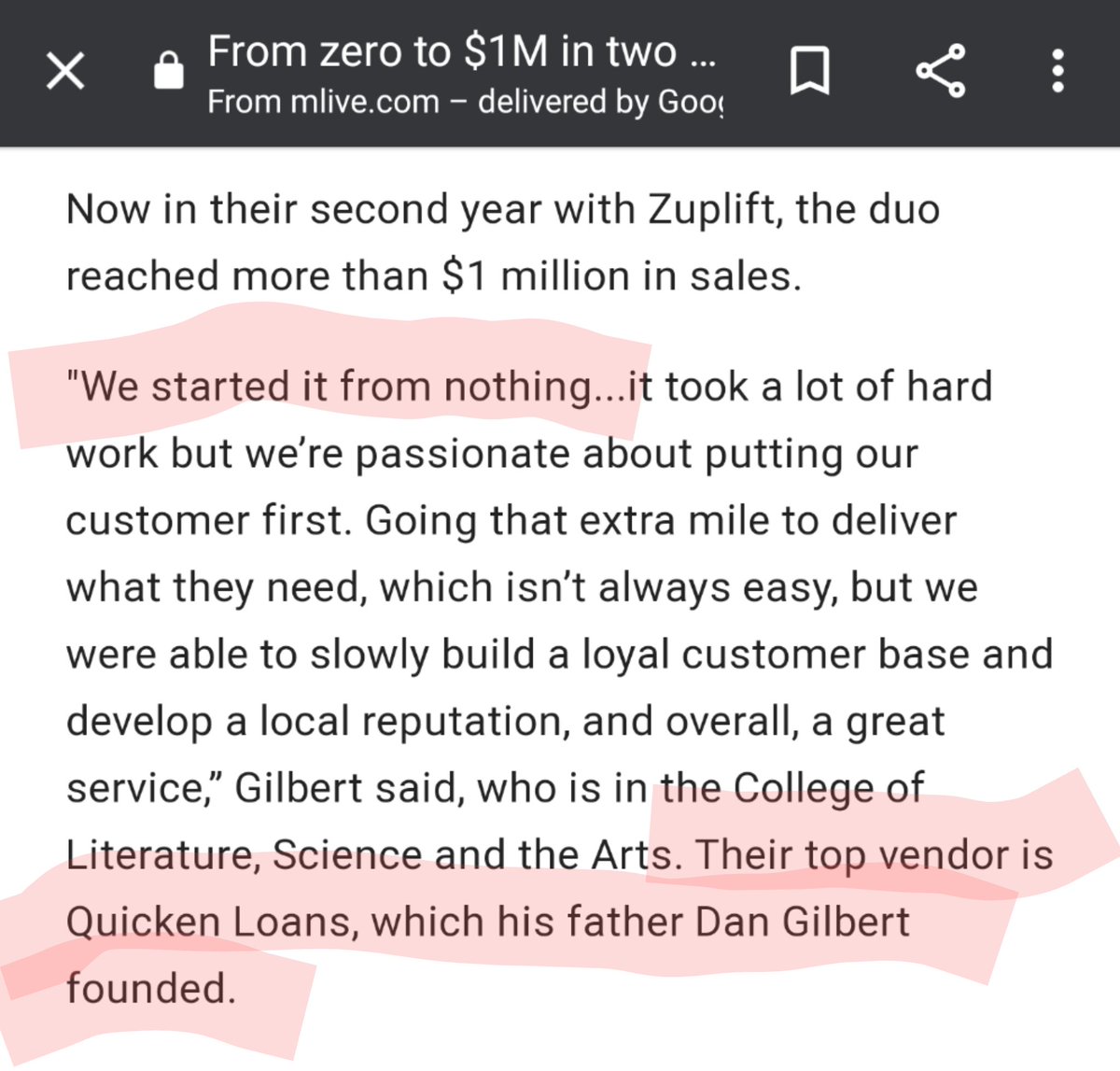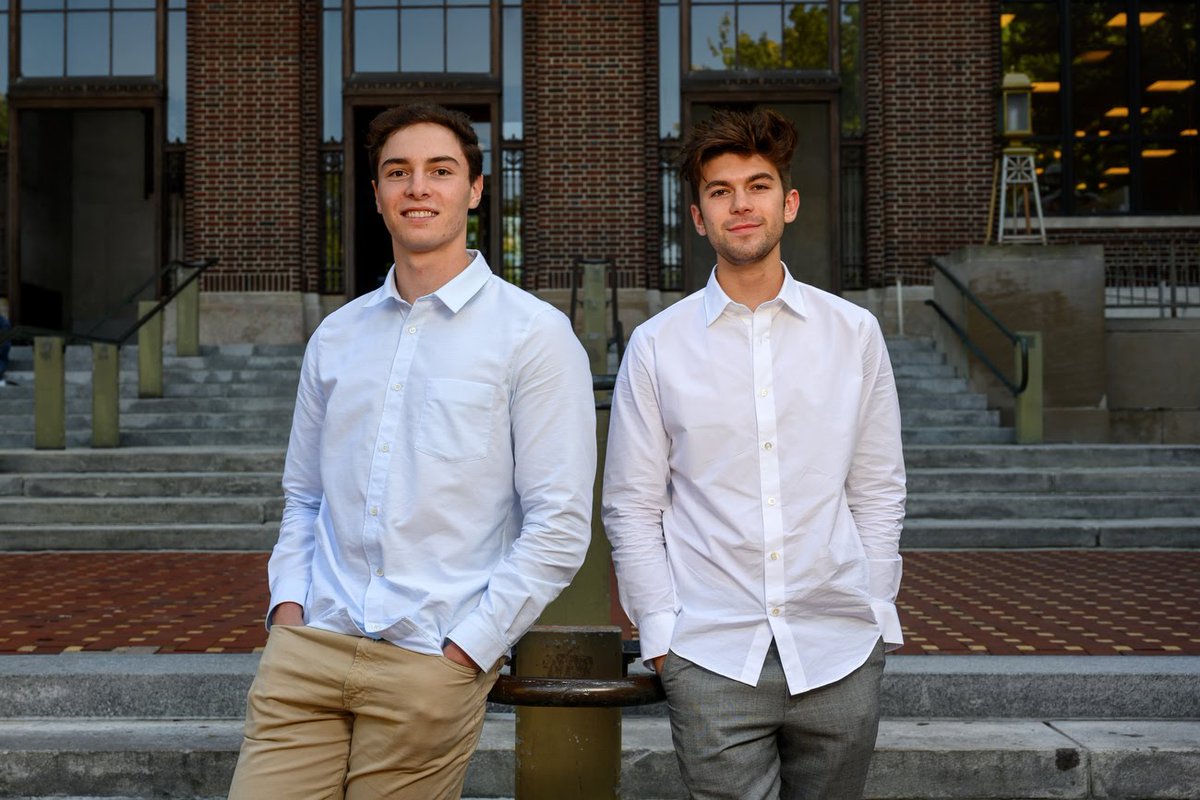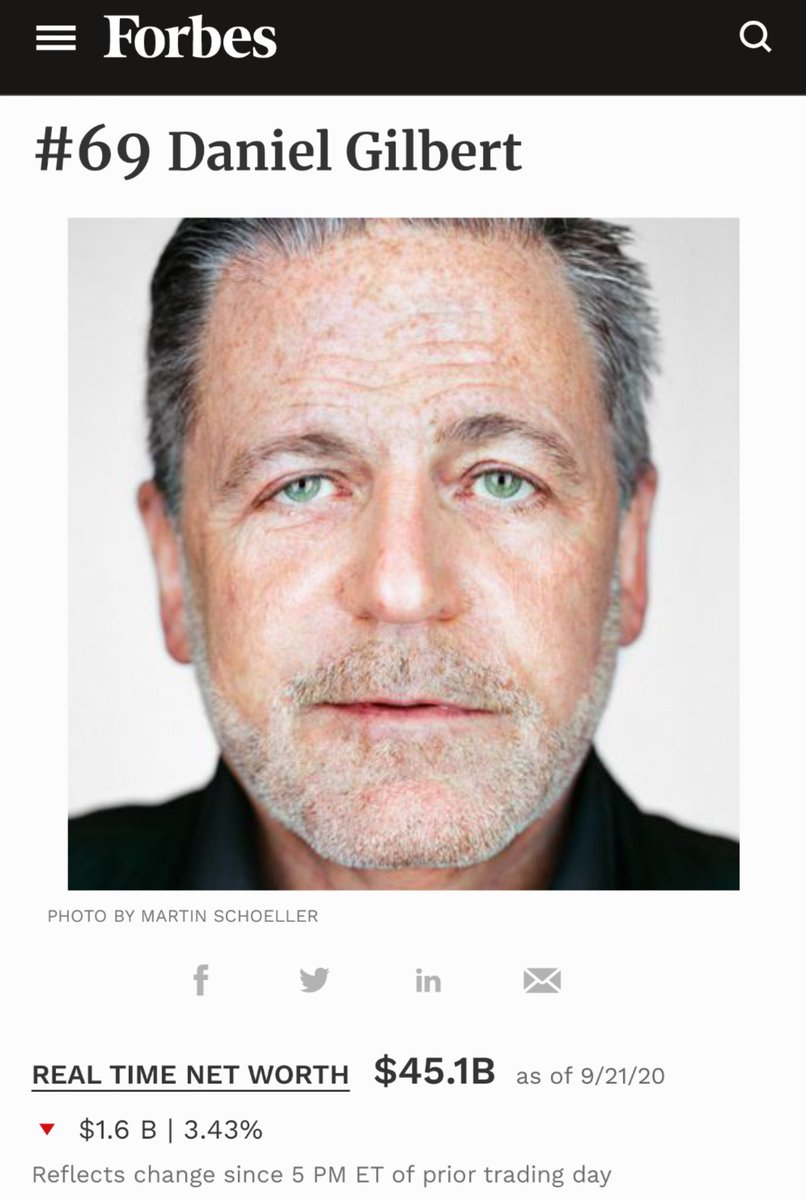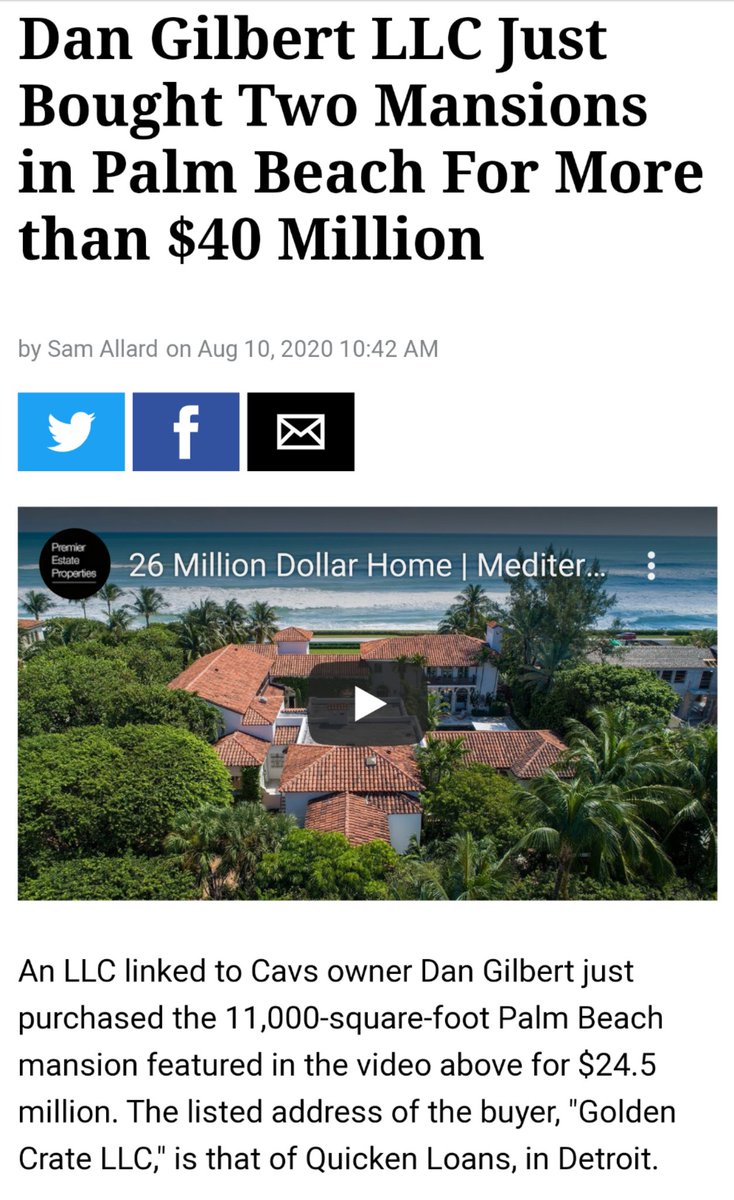Worth mentioning that those studying non-human organisms do not get an exemption from having to defend their work against racist bullshit. This crowd will use papers about dogs, cats, mice, flies, songbirds, and CAVEFISH to tell their just-so stories.
https://twitter.com/itsbirdemic/status/1166034368780877828
It's #InternationalDogDay, so let's start with a paper about dogs! Just skim those tweets on the Altmetric page and let me know what you think.
biorxiv.altmetric.com/details/533511…
biorxiv.altmetric.com/details/533511…
If you research cavefish, there's a race scientist winking and nodding along when you talk about rapid evolution.
biorxiv.altmetric.com/details/611861…
biorxiv.altmetric.com/details/611861…
Here's a couple of incel white nationalist sewer dwellers discussing "race mixing" with reference to a paper about assortative mating of songbirds in hybrid zones. This was from <2 hours ago. 

• • •
Missing some Tweet in this thread? You can try to
force a refresh













